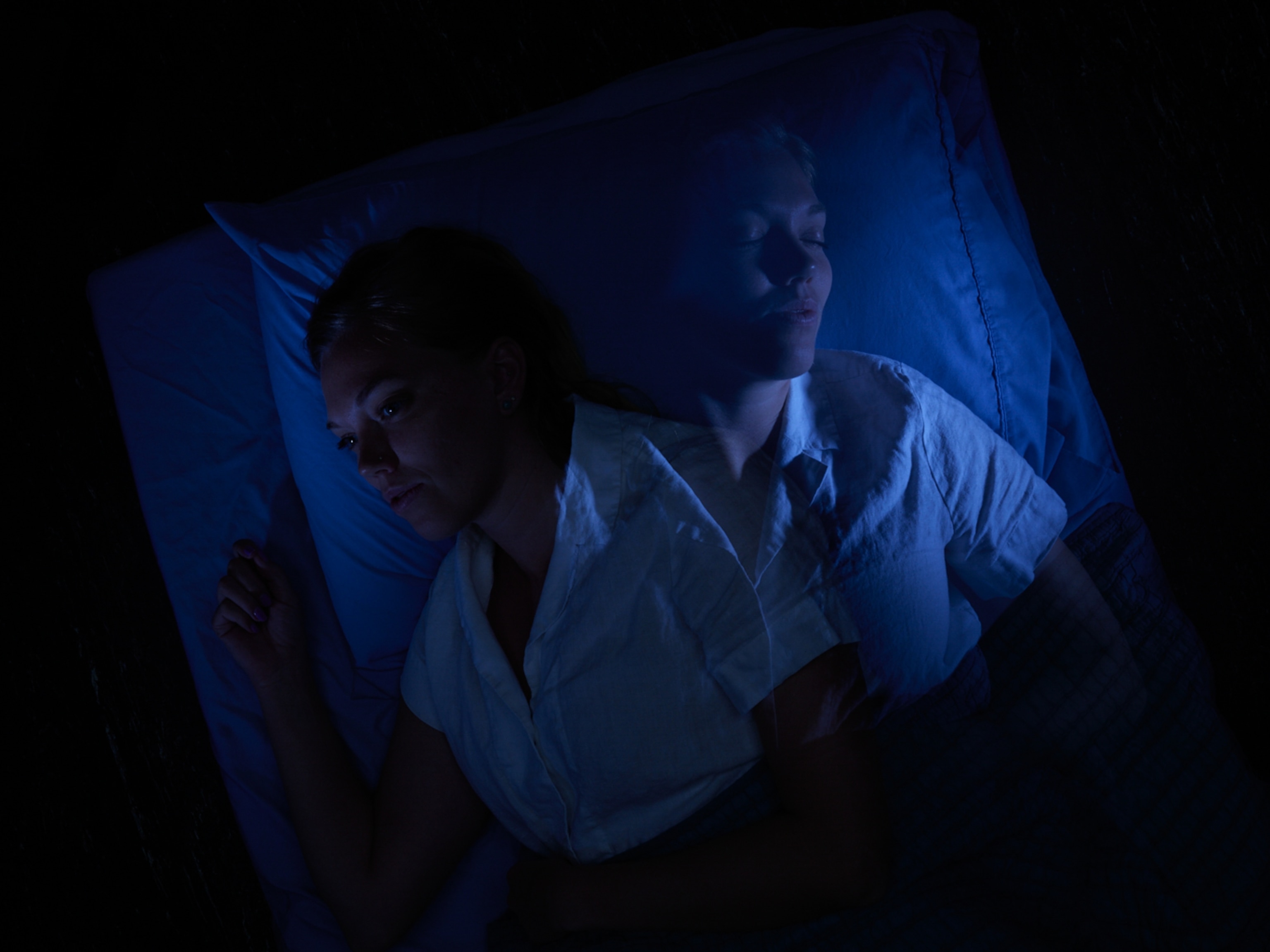
Capturing the Dream: A Midnight Slalom of Color and Motion
How do you illuminate a mountain, dazzle the snow with colored light, and take nocturnal skiing to vivid new heights?

First, find pristine slopes in the craggy, sylvan backcountry of British Columbia and Alaska. Then, figure out how to get 10,000 pounds of equipment—4,000-watt lights the size of washing machines, generators to power them, scaffolding, wire and cable—up peaks higher than 7,000 feet. Spend months calculating wattage and beam diameters, weights and fuel consumption, distances and topography. Hire skilled gaffers and grips. Enlist a cadre of elite athletes. Put battery packs in their pockets, zip them into light suits, and strap LED-spangled packs on their backs. Turn the camera on. Hope for the best.

That’s what Nick Waggoner and his partners at Sweetgrass Productions did in spring 2014, when a commercial shoot gave them the resources they needed to realize a longtime dream: filming night-skiing segments on a big mountain. With Swedish ski photographer Oskar Enander on hand to shoot still photos as they filmed, they set about bringing the dream to life.
What do you get when you mix nighttime skiing with massive lights and custom-made Philips LED ski suits? A spectacular light show on a grand scale.
“I can’t overstate how intense it was to do all this stuff,” says Waggoner. “So much of it had never been done before. And we were working in places with incredibly dynamic terrain, some of the deepest snow on Earth, and ever changing weather patterns. Many, many things could go wrong.”



Some of them did. Eleven days into the Alaska shoot, with everything finally in place, a critical extension cord went missing. Waggoner had to persuade a helicopter pilot to fly 20 miles, in the gathering dark, to fetch a new one. “There were times,” he says, “when I put my head in my hands and said, ‘I’m defeated. I’m lost. How were we this dumb to think this was possible?’”

Enander had his own challenges. For one thing, he couldn’t use a flash; even a fraction of a second would have disturbed the video shoot. That made it hard to get crisp images. “The biggest hurdle for me,” he says, “was shutting out my daylight thinking and focusing on shooting the night.”
But in the end, Waggoner says, the dream was realized. “This project is a metaphor for thinking big and doing things you didn’t think were possible. We want to give people new eyes to reimagine the world.”
The video footage featured in this post is from the adventure sports short film Afterglow, which was filmed by Sweetgrass Productions in partnership with Philips. Philips designed the LED suits using the same technology that powers the Philips Ambilight TV.
Oskar Enander’s photographs are featured in the February 2016 issue of National Geographic magazine.
You May Also Like
Go Further
Animals
- Soy, skim … spider. Are any of these technically milk?Soy, skim … spider. Are any of these technically milk?
- This pristine piece of the Amazon shows nature’s resilienceThis pristine piece of the Amazon shows nature’s resilience
- Octopuses have a lot of secrets. Can you guess 8 of them?
- Animals
- Feature
Octopuses have a lot of secrets. Can you guess 8 of them?
Environment
- This pristine piece of the Amazon shows nature’s resilienceThis pristine piece of the Amazon shows nature’s resilience
- Listen to 30 years of climate change transformed into haunting musicListen to 30 years of climate change transformed into haunting music
- This ancient society tried to stop El Niño—with child sacrificeThis ancient society tried to stop El Niño—with child sacrifice
- U.S. plans to clean its drinking water. What does that mean?U.S. plans to clean its drinking water. What does that mean?
History & Culture
- Gambling is everywhere now. When is that a problem?Gambling is everywhere now. When is that a problem?
- Beauty is pain—at least it was in 17th-century SpainBeauty is pain—at least it was in 17th-century Spain
- The real spies who inspired ‘The Ministry of Ungentlemanly Warfare’The real spies who inspired ‘The Ministry of Ungentlemanly Warfare’
- Heard of Zoroastrianism? The religion still has fervent followersHeard of Zoroastrianism? The religion still has fervent followers
- Strange clues in a Maya temple reveal a fiery political dramaStrange clues in a Maya temple reveal a fiery political drama
Science
- NASA has a plan to clean up space junk—but is going green enough?NASA has a plan to clean up space junk—but is going green enough?
- Soy, skim … spider. Are any of these technically milk?Soy, skim … spider. Are any of these technically milk?
- Can aspirin help protect against colorectal cancers?Can aspirin help protect against colorectal cancers?
- The unexpected health benefits of Ozempic and MounjaroThe unexpected health benefits of Ozempic and Mounjaro
- Do you have an inner monologue? Here’s what it reveals about you.Do you have an inner monologue? Here’s what it reveals about you.
Travel
- Follow in the footsteps of Robin Hood in Sherwood ForestFollow in the footsteps of Robin Hood in Sherwood Forest
- This chef is taking Indian cuisine in a bold new directionThis chef is taking Indian cuisine in a bold new direction
- On the path of Latin America's greatest wildlife migrationOn the path of Latin America's greatest wildlife migration
- Everything you need to know about Everglades National ParkEverything you need to know about Everglades National Park




